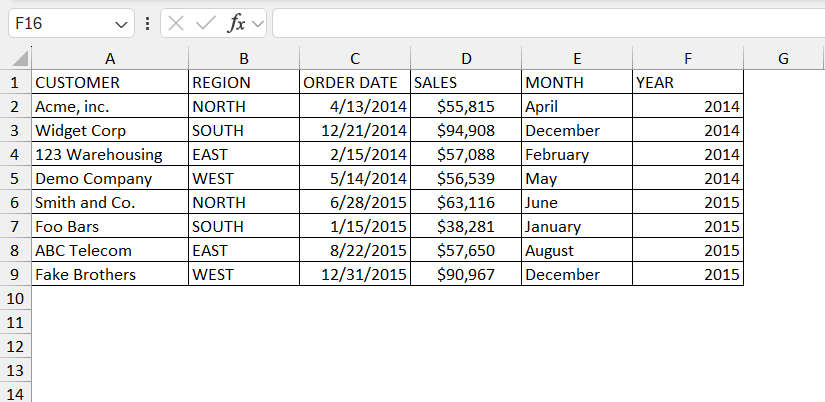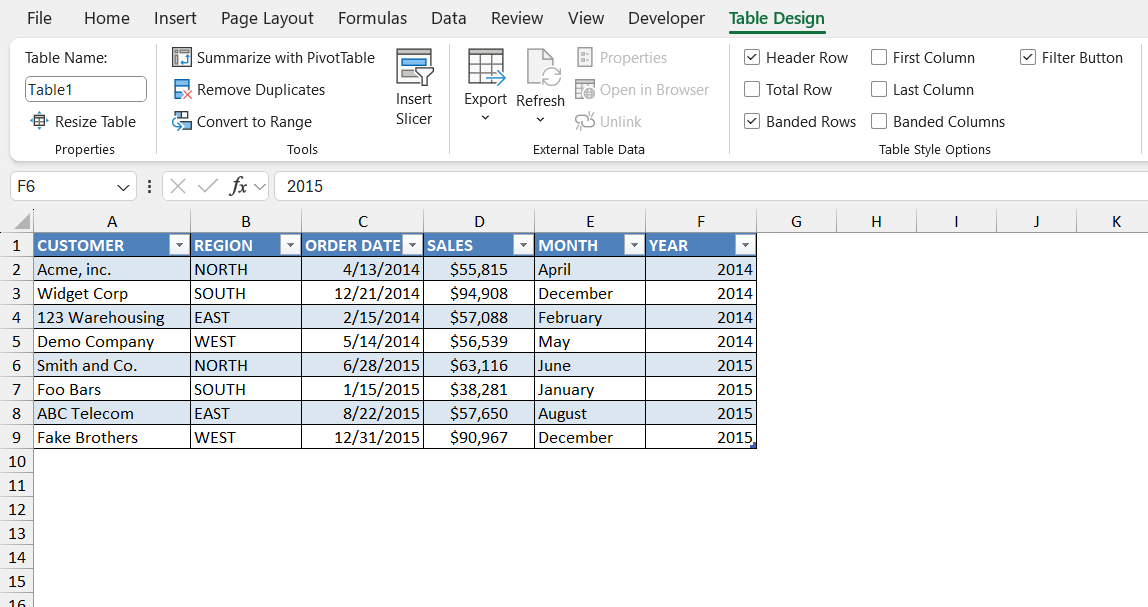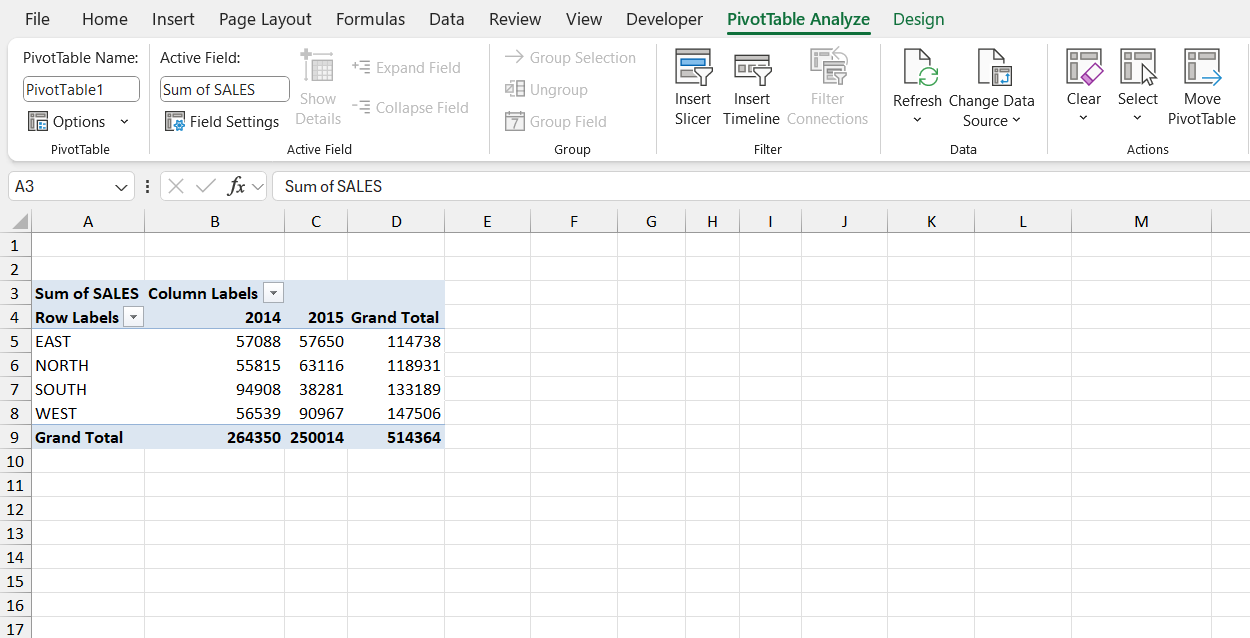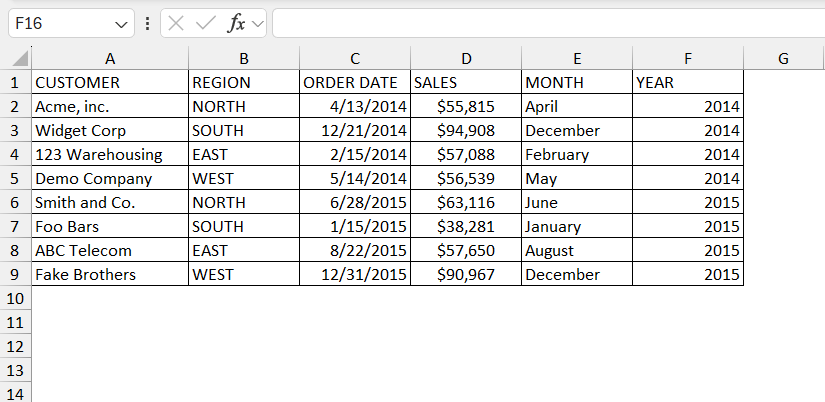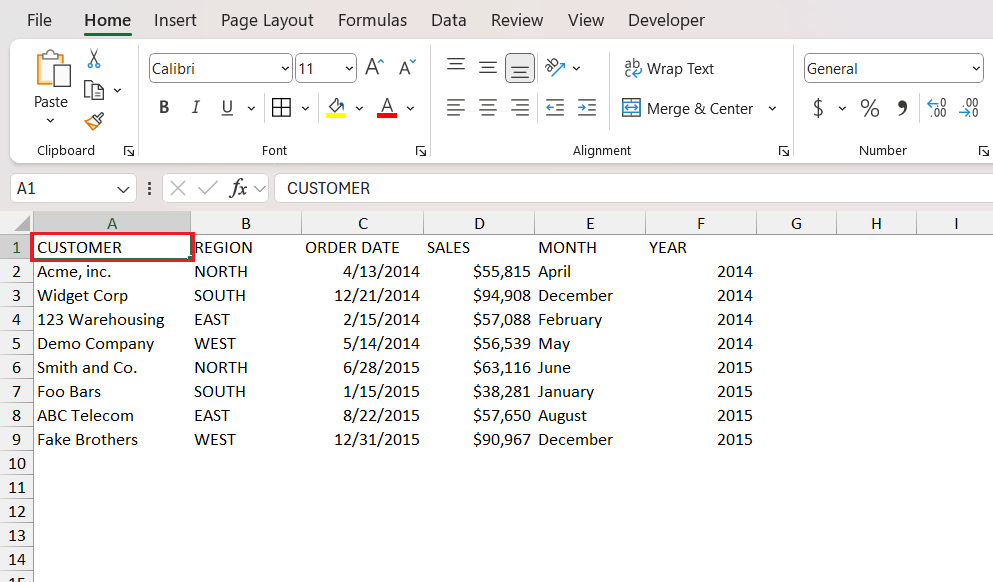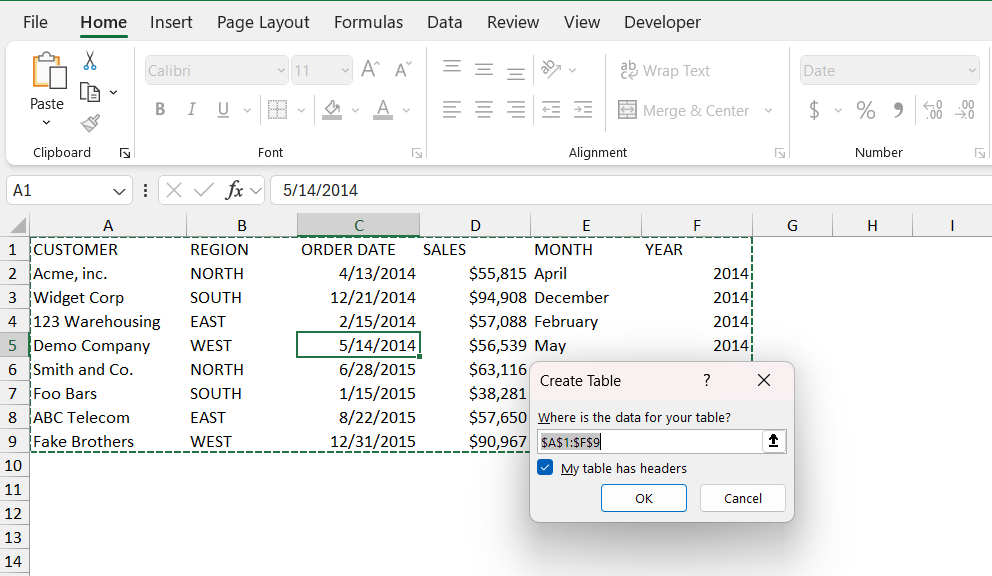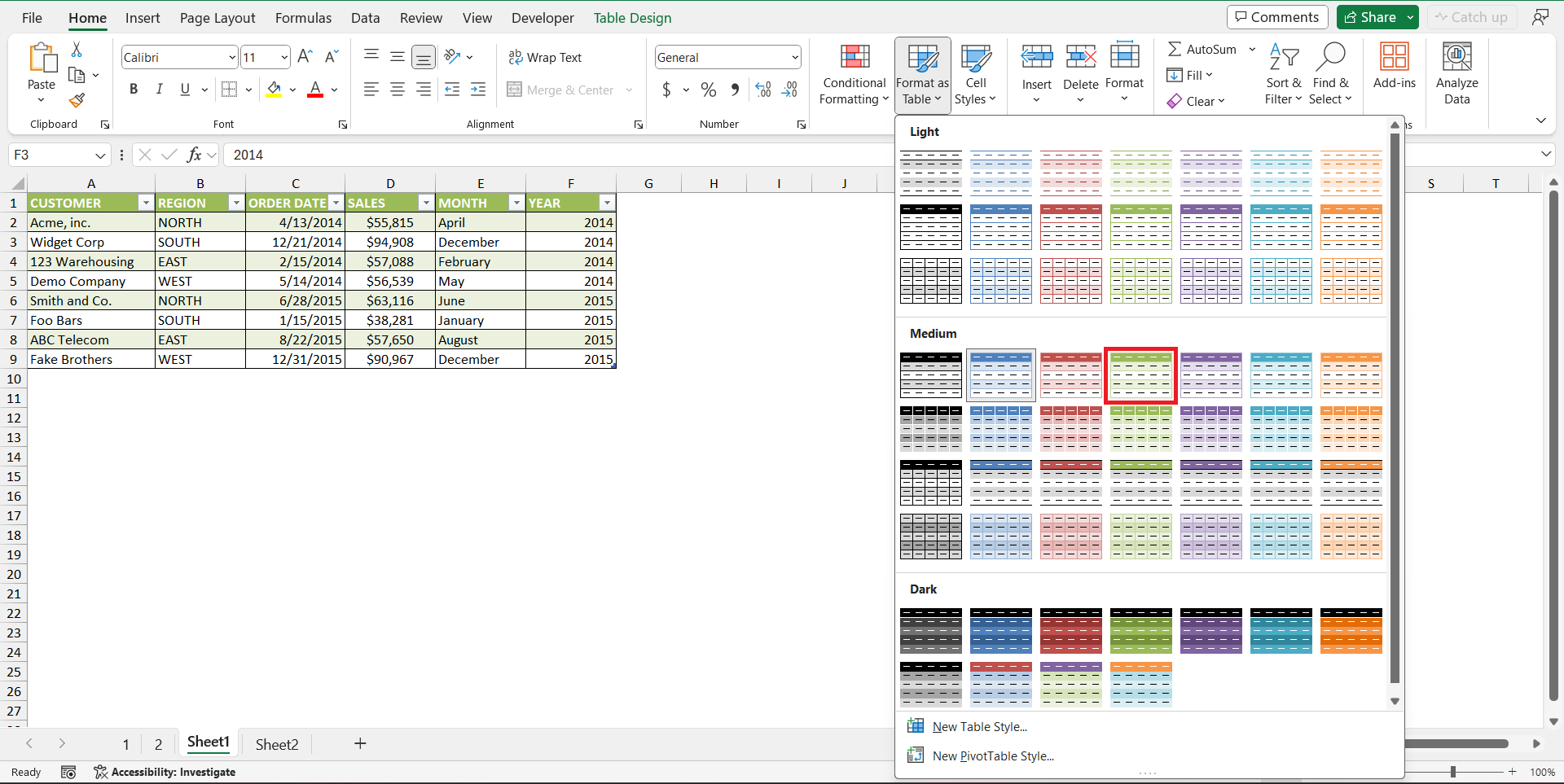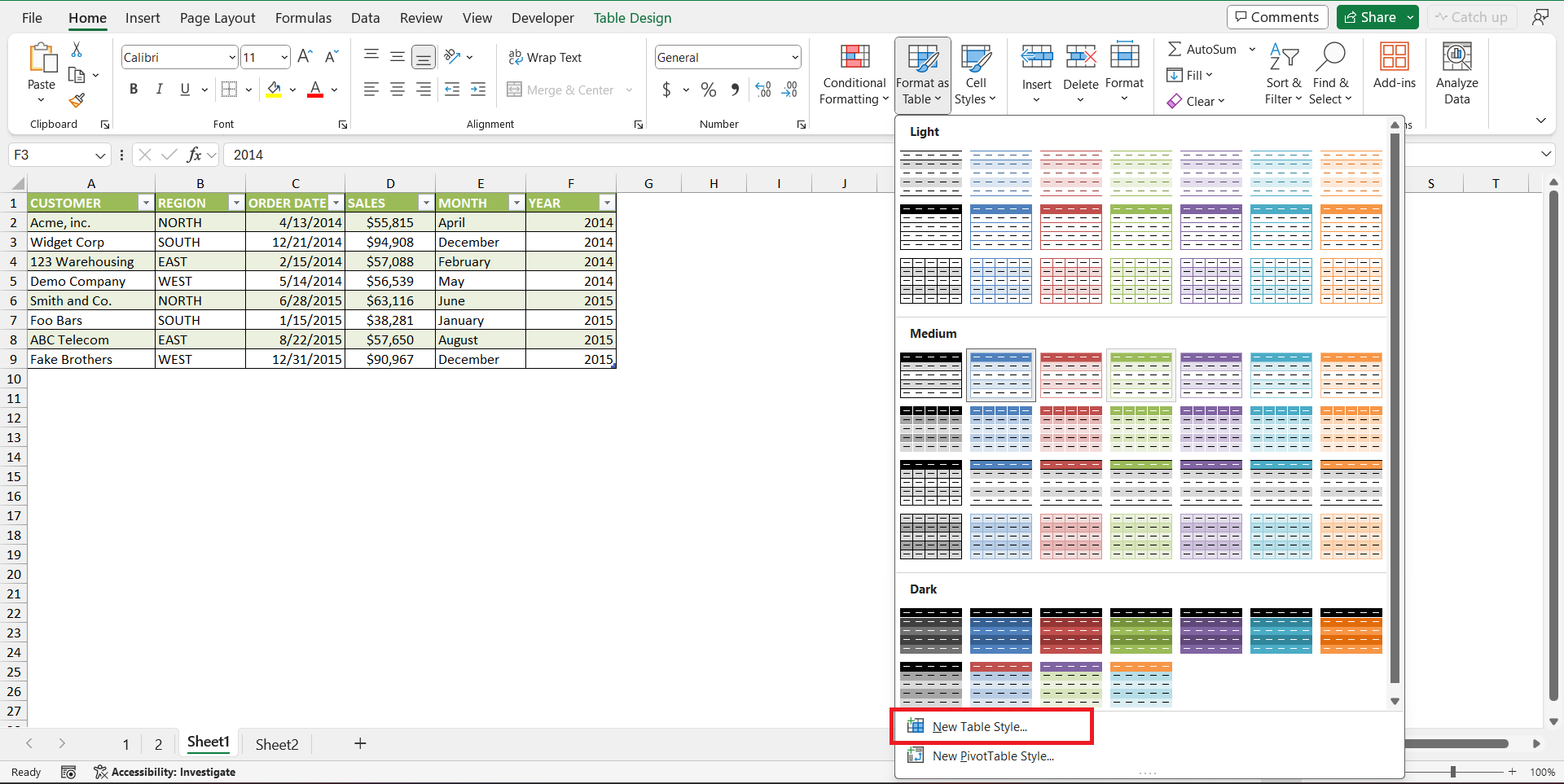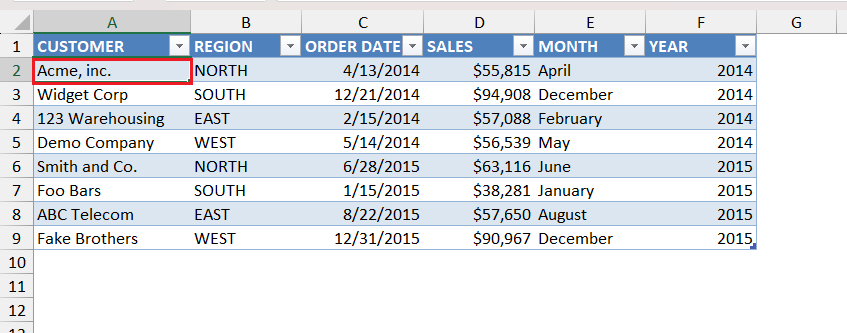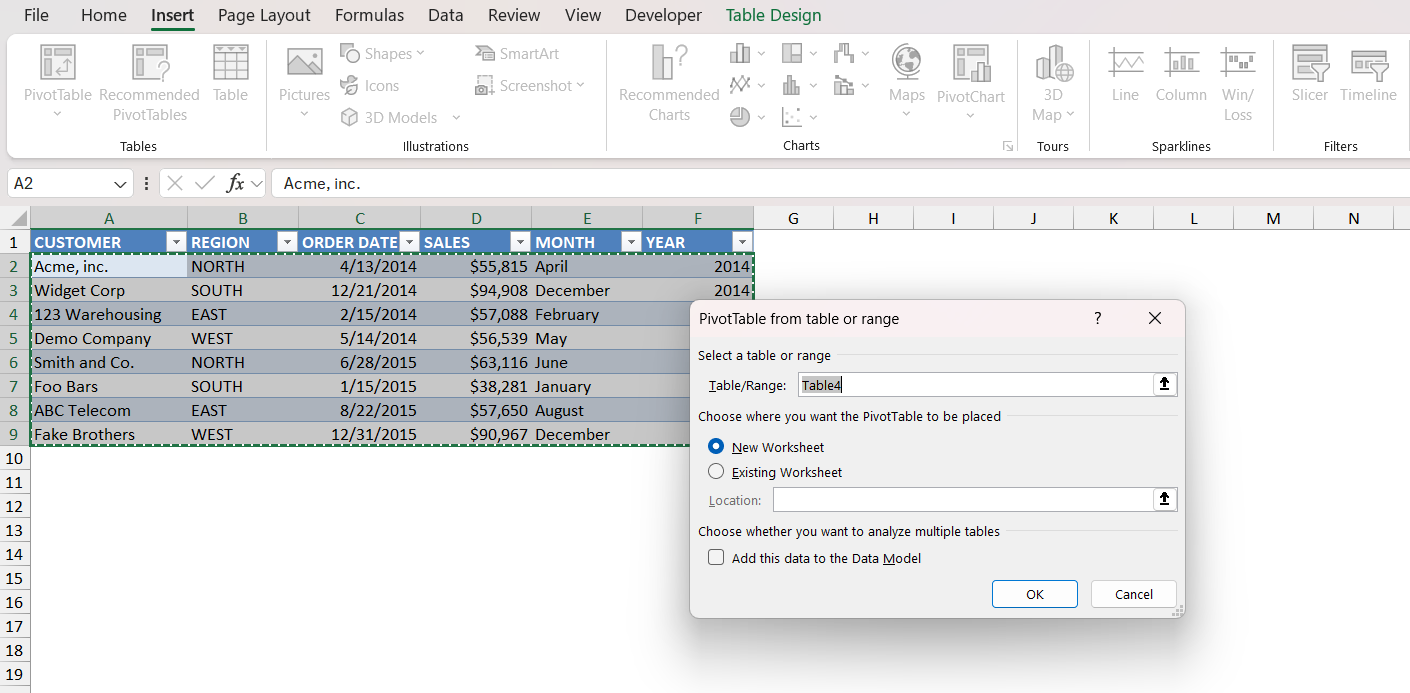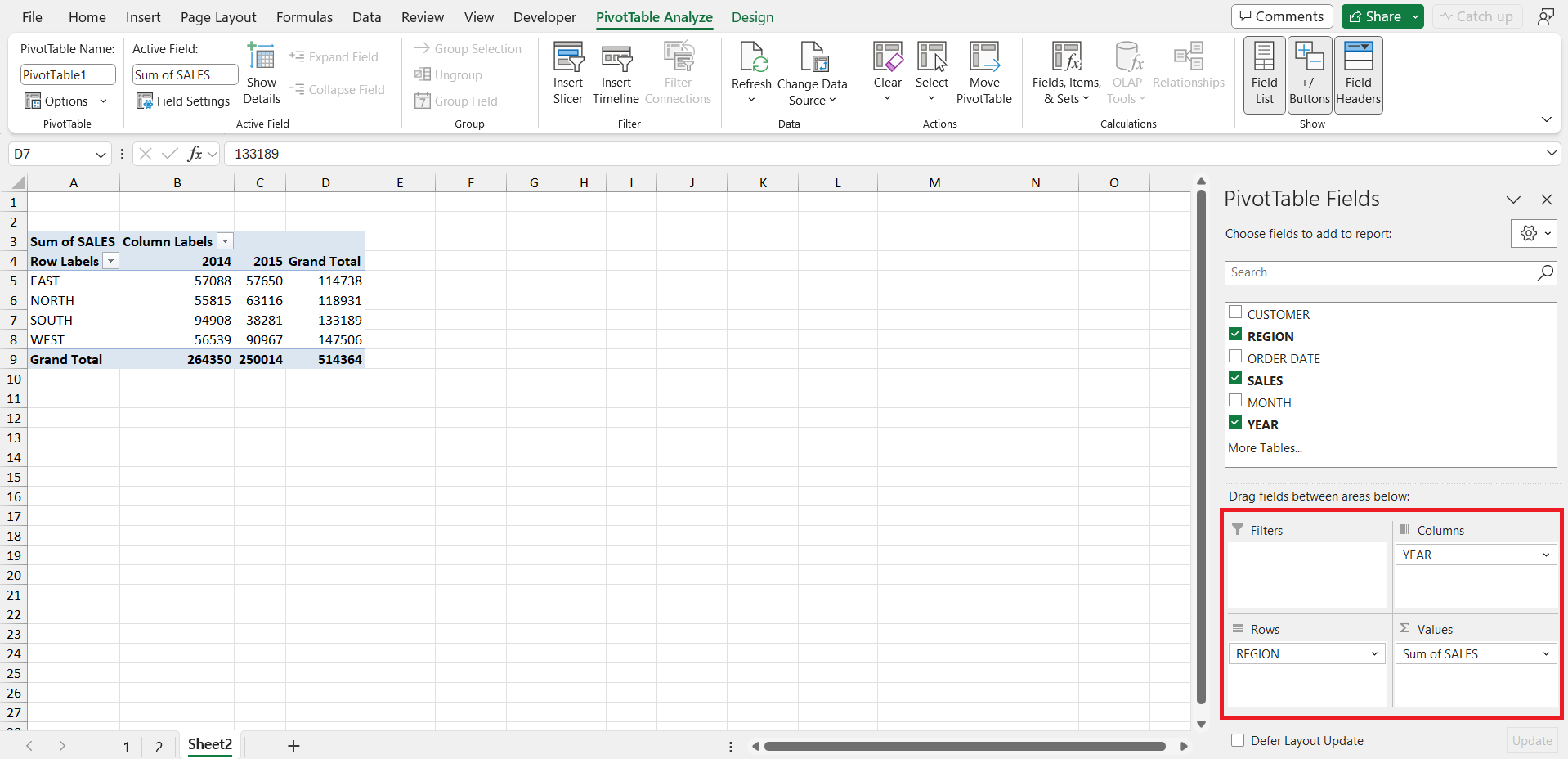Microsoft Excel tables transform raw data into organized, manageable structures, serving as the backbone for efficient data manipulation. By leveraging Excel’s powerful table features, users can enhance productivity, making complex tasks straightforward with tools for easy sorting, filtering, and adjusting data components. Excel’s diverse types of tables ensure there’s a type suitable for every data handling requirement, from basic reporting to advanced data analysis.
Key Takeaways
- Excel offers varied table types, including Simple Tables, Excel Tables, and PivotTables, to cater to different data processing needs.
- Simple Tables provide basic data organization in rows and columns, ideal for static datasets requiring manual customization.
- Introduced in Excel 2007, Excel Tables support dynamic data management, automatically adjusting as data is added or removed, and seamlessly updating connected formulas or charts.
- PivotTables allow for sophisticated data summarization, analysis, and presentation, enabling users to explore large datasets for insights and patterns.
Table of Contents
Introduction to Excel Tables
The Role of Tables in Organizing Data
In the realm of Excel, tables are far more than just a grid for entering your data. They serve as the organizational backbone of your datasets. When you create a table, you’re setting the stage for a smoother experience with your data manipulation tasks.
Enhancing Your Productivity with Excel’s Table Features
Excel’s table features are designed to elevate your productivity by providing an array of tools tailored for efficient data management. With these tools at your disposal, you can breeze through tasks that otherwise might seem daunting. Easy sorting and filtering options allow you to see exactly what you need, while the ability to select table components swiftly aids in adjusting data without a hitch.
3 Types of Tables in Excel
Excel understands that one size doesn’t fit all when it comes to data handling. Their tables come in a variety of forms to best fit your specific needs, becoming the backbone of your data efficiency mission. Whether you’re handling small datasets for basic reporting or juggling complex information systems, Excel has got a table type ready for you.
1. Simple Tables
Traditional tables where data is organized in rows and columns within a specific range. These tables are manually created and managed by users, suitable for static datasets. Ideal for straightforward tasks, they make sorting and analyzing data a breeze.
2. Excel Tables
Introduced in 2007, Excel tables are dynamic and can grow automatically as new entries are added. Unlike ranged tables, dynamic tables automatically adjust in size and range as you add or remove data. This feature ensures that any formulas or charts connected to the table automatically update to reflect changes .
3. PivotTables
Pivot tables are powerful tools for summarizing, analyzing, exploring, and presenting your data. They allow you to reorganize and manipulate large datasets, providing insights and patterns that can inform decision-making.
Each type of table brings its strengths to the table (pun intended), and selecting the right one can transform how you manage and interact with your data.
Simple Table
Ranged tables are the simplest form of data organization in Excel. They involve a specific selection of cells defined by the user, ideal for managing small to medium-sized data sets that require manual intervention and customization.
Advantages:
- Customization: Allows for extensive customization with conditional formatting and data validation rules.
- Flexibility: Easy to adjust and format without the constraints of structured table features.
Excel Table
An Excel table is essentially a way to organize and manage related data more easily within Excel. By converting a group of cells into a table, you gain helpful features like sorting, filtering, and quick row or column additions. This setup is great for working with data in a structured way, making it simpler to analyze, chart, and reference using unique table names Excel provides. They automatically offer features like filtering, sorting, and easy reference, which are beneficial for dynamic data sets.
Steps to Create:
STEP 1: Select any cell within your data range.
STEP 2: Press Ctrl+T or navigate to the “Insert” tab and select “Table.”
STEP 3: In the Create Table dialog box, confirm your data range and whether your table has headers. Click “OK” to finish.
Creating a Cohesive Look with Built-in and Custom Table Styles
Creating a cohesive look across your Excel spreadsheets can make your data not only more appealing but also easier to read and understand. Excel comes equipped with a plethora of built-in table styles that enable quick formatting for a professional appearance. But sometimes you need something tailored, something that screams ‘you’.
- Built-in Table Styles: Offer a variety of themes and formats to choose from, letting you apply consistent formatting with a single click.
- Custom Table Styles: Excel allows you to go beyond the defaults and design your own style, setting unique fonts, colors, and borders to match your company branding or personal preference.
Remember, your custom styles can become the default for your workbook, ensuring a uniform look throughout your document.
Advantages of using Excel Table:
- Dynamic Ranges: Automatically expand to include new data added adjacent to the table, ensuring formulas and charts update accordingly.
- Structured References: Simplify formula creation with automatic naming and easier reference to table elements.
- Built-in Tools: Include powerful tools for sorting, filtering, and summarizing data directly within the table.
Pivot Tables: Your Tool for Advanced Data Summarization
Pivot tables are one of Excel’s most powerful features, designed for summarizing, analyzing, exploring, and presenting your data. Pivot tables let you see comparisons, patterns, and trends in your data.
Pivot Tables are the Swiss army knife of Excel, designed for those who need to summarize and make sense of large sets of data quickly. They empower you to pivot – or reorganize – your data dynamically, draw meaningful insights and display them in the form of a concise summary without altering the original dataset.
Steps to Create:
STEP 1: Select any cell within your dataset.
STEP 2: Go to the “Insert” tab and click “PivotTable.”
STEP 3: In the Create PivotTable dialog box, select your data range and the placement for your PivotTable. Click “OK.”
STEP 4: Drag and drop fields to the PivotTable Field List to create your report layout.
Tips for Maximizing Efficiency with Pivot Table Options
To maximize efficiency with Pivot Tables, a few handy tips can enhance your proficiency and finesse. Pivot Tables come loaded with options that can elevate your data analysis to new heights:
- Sort and Filter Your Data: Tailor your data view by sorting and using slicers to filter for precisely what you want to focus on.
- Group Your Items: Consolidate similar items, like dates or numbers, to understand trends at a glance.
- Use Calculated Fields: Add your own formulas within a Pivot Table to analyze additional data metrics without altering your source data.
- Refresh Data: As your data updates, so should your Pivot Table. Ensure it’s refreshed to reflect any changes.
- Shortcuts: Embrace keyboard shortcuts to navigate and execute functions quickly within your Pivot Table. (e.g., ALT+F5 to refresh)
Leveraging these options will turn you into an Excel wiz, where making informed decisions based on succinct summaries becomes second nature.
Advantages:
- Data Analysis: Facilitates the analysis of large data sets, allowing users to extract insights and trends easily.
- Interactive Reports: Offers interactive features like slicers and pivot charts to create dynamic reports and dashboards.
- Customizability: Provides a high degree of customization, enabling users to arrange and format their data as needed without altering the original dataset.
Conclusion
Understanding how to create and leverage these tables can significantly enhance your ability to process and visualize data, leading to more informed decision-making and streamlined workflows. By mastering ranged tables, Excel tables, and pivot tables, users can tailor their data presentation to suit any scenario, making Excel a versatile tool for both personal and professional use.
FAQs: Expanding Your Excel Tables Knowledge
What are Excel tables?
Excel tables are a powerful feature that organize a group of related data in rows and columns. When you designate a range of cells as a table, Excel treats it as a single unit, independent from other data in the worksheet. This allows for easier management, such as adding new rows or columns, and auto-updates to formulas and charts that reference the table data.
What are the table styles in Excel?
Table styles in Excel are pre-defined or custom formats that can be applied to your tables to enhance their visual appearance and manageability. They include a variety of options for font, color, cell borders, and row banding that can be applied with a single click, making your data both readable and aesthetically pleasing. Excel offers a wide range of built-in styles, and you can also create your own to match your specific needs or preferences.
What are the two types of data tables in Excel?
The two types of data tables in Excel are one-variable data tables and two-variable data tables. A one-variable data table lets you analyze how different values of one variable affect a formula. In contrast, a two-variable data table allows you to change the values of two variables to see how they jointly impact the result of one formula.
What are the Benefits of Using Excel Tables Over Standard Data Ranges?
The benefits of using Excel tables over standard data ranges include dynamic behavior that lets them automatically expand or contract when you add or remove data. Their column headings stay visible while scrolling, and they come with intuitive sorting and filtering options. Excel tables also enable more comprehensible formulas with named references, and they can auto-fill new formulas across columns when you add additional rows. Plus, creating charts and pivot tables from Excel tables is more efficient as they adjust to new data without manual updates.
How Do You Create and Customize Excel Table Styles for Specific Needs?
To create and customize Excel table styles for specific needs, follow these steps:
- Click ‘Format as Table’ on the Home tab or select an existing table and go to the Design tab.
- Choose ‘New Table Style’ to open the style creation window.
- Name the style for ease of future use.
- Select table elements to format and set formatting options like font, borders, and fill colors.
- Use the ‘Set as default table quick style for this document’ option if you want all new tables to use this style.
- Save the style, and it’s added to your gallery for future use.
John Michaloudis is a former accountant and finance analyst at General Electric, a Microsoft MVP since 2020, an Amazon #1 bestselling author of 4 Microsoft Excel books and teacher of Microsoft Excel & Office over at his flagship MyExcelOnline Academy Online Course.

